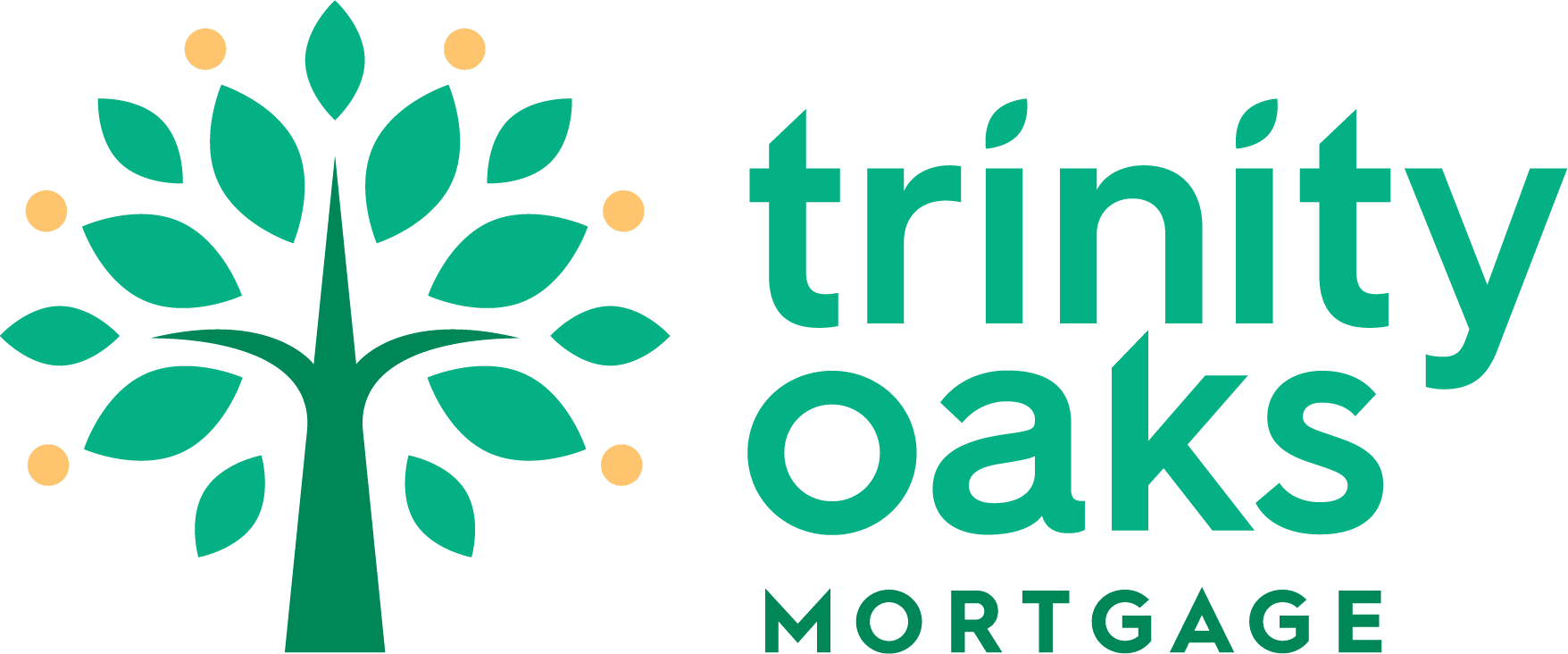10 Ways to Use a Tax Refund for Homeownership
This year Americans are looking forward to their tax refund with more anticipation than ever before. Americans, along with the rest of the world, experienced a trying year in 2020. The pandemic affected millions of people in all aspects of life: work, health, family, and relationships. So, those expecting a tax return are anxiously monitoring the deadline to submit their tax return. Tax Day is the deadline when individual income tax returns are due to the Internal Revenue Service. It typically falls in mid-April, but this year the IRS has extended the deadline to June 15th.
Submitting your tax return is sometimes half the battle. Getting the most out of your tax return is the next goal. Investing in homeownership is a logical way to spend your tax refund. As a homebuyer and homeowner, you can take advantage of your tax refund in numerous ways. Leverage your tax refund with these 10 ways to use a tax refund for homeownership.
Purchase a Home
Home buying season varies, but generally, it begins at the end of March (early Spring) and lasts throughout the Summer and sometimes into early Fall. A significant reason for this uptick in home buying is the more favorable weather. Trekking to an open house during Winter’s snowy and cold weather is less desirable than holding an open house in the Spring or Summer.
-
Pay off debt
If you have a chunk of debt holding you back from purchasing a house, a tax refund could help you pay off debt. Paying off that debt will increase your credit score, and in turn, could make you eligible for different loan options to become a home buyer.
-
Down Payment
The down payment is a type of payment, often in cash, made in the early stages of a house purchase. The cost represents a percentage of the total purchase price. The rest of the cost to the seller comes from a home loan that your mortgage lender provides. Use our mortgage calculator to estimate the down payment for your dream home.
-
Home Inspections
A home inspection observes and reports on the condition of a real estate property, usually when it is on the market. A qualified home inspector assesses the condition of the property, including its heating and cooling systems, plumbing, electrical work, water, and sewage, as well as some fire and safety issues.
-
Earnest Money
Earnest Money is a deposit made to a seller representing a buyer’s “good faith” purchasing a home. The Earnest Money gives the buyer extra time to finance through a lender and conduct the title search, property appraisal, and inspections before completing the property purchase.
-
Closing Costs
Mortgage closing costs run from 2% to 5% of the loan cost, including property taxes, mortgage insurance, and more. Closing costs include the fees for the services and expenses required to finalize a mortgage. You’ll have to pay closing costs whether you buy a home or refinance. Most of the closing costs fall on the buyer, but the seller typically has to pay some too, such as the real estate agent’s commission.
-
Home Maintenance
Owning a home is wonderful, but you have to remember the hidden costs of maintaining a home. You can use your tax refund to help take care of any home maintenance problems that arise.
Boost Home Equity
Homeowners can build wealth by reinvesting in their homes, refinancing their current home loans to increase cash flow, or purchasing a second home. Regardless of which path you choose, make sure it makes sense financially for your particular situation.
-
Refinance your Home
If you’re looking to save thousands a year, then refinancing is the way to go. You can lower your interest rate, pay off high-interest debt, shorten your home loan term, or drop your mortgage insurance. As a reminder, it takes Money to save Money, and there are refinancing costs and requirements.
-
Remodel Your Home
Remodeling your house, if done correctly, can increase its value enormously and make it a desirable place to live. To get the highest return on your investment, look for a home improvement project that will increase your home value the most.
-
Purchase an Investment Property
Whether it’s an investment property or vacation home, financing a second home can be a lucrative investment.
-
Repair your Home
Many repairs on homes are inexpensive and can be DIY’ed, but some can be very expensive and require professionals. It depends on the difficulty of the job and your comfort level. A tax refund can help with these costs.
How you choose to spend your tax return is entirely up to you. With the stress of 2020, even getting a tax return back this year can be considered a win. If you want to create secure long-term wealth, consider using the above 10 Ways to Use a Tax Refund for Homeownership!
Have mortgage questions? Trinity Oaks Mortgage proudly serves the entire DFW Metroplex. Our experienced loan officers can answer any mortgage-related questions you have and guide you through the process.
We look forward to hearing from you!




Recent Comments